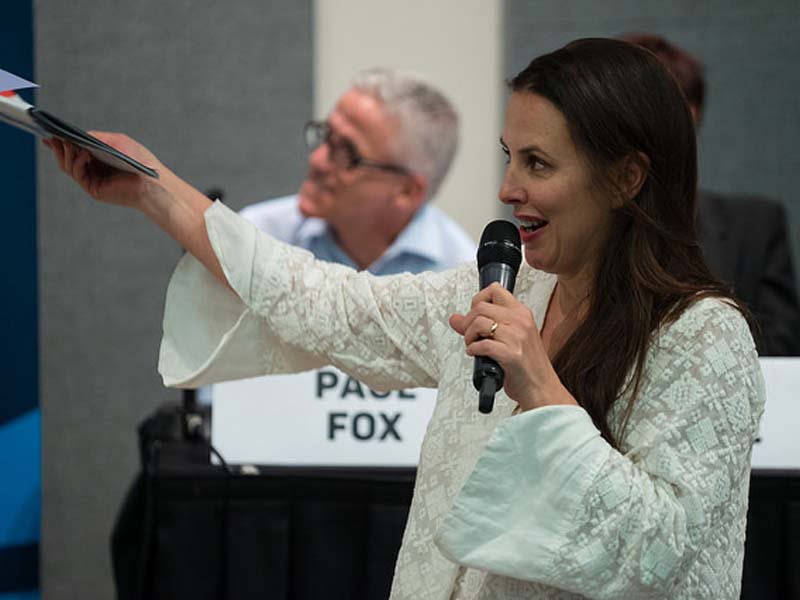Australia has a long history of ignoring its own deep tech advances – think of the CSIRAC digital computer in the early fifties and solar energy tech in the seventies – but we know we have deep tech expertise by the evidence on display at Tech23 .
This year’s Tech23 gets going on October 10, and next year will mark the tenth anniversary of a show that pulls together an intimate crowd of about 400 researchers, venture money people, government types and potential customers.
You won’t find pretty 4K TVs and the latest smartphones on display at Tech23, it is about linking serious deep tech research – or ‘ugly tech’ as show founder and organiser Rachel Slattery calls it – with potential backers and customers.

Tech23 got going during the global financial crisis hard times of 2008/2009. Back then, Australian tech startups and researchers with big ideas and not enough funds were hardly front of mind in this country.
The then Labor government was trying to dig the economy out of a hole with big spending public works programs like the ill-fated pink batts program and the tradie-heaven school hall building scheme.
Hard slog, comparatively small employment, heavy research stuff was off the radar.
“Tech23 was born into the times around the GFC,” says Ms Slattery. “(Then Prime Minister Kevin) Rudd had everything on review and it was a pretty yucky time for tech startups.”
“There was a lot of money going to traditional industries but not a lot going to things which I thought could be useful to us in the future.”
Ms Slattery pitched her show idea to the NSW government and was funded $20K.
“We kicked off Tech23, and at that time [the deep tech ecosystem] was pretty much the same as now in terms of what was needed – it was just needed more back then.”
This year’s show sports a range of heavy tech players in the list of 23 companies.
There’s renewables plays from the likes of Axis Energy Group and Bombora Wave Power.
Axis Energy is a Queensland-based renewable energy company with a ducted vertical axis turbine for wind and marine energy generation that claims to be able to make decent power from what were considered uneconomical low-flow sites. Axis says it will bring the product to market in 2018
Bombora Wave Power will be talking up its mWave membrane wave energy converter that sits on the sea floor and has the membrane pushing air through a turbine to generate electricity.
Bombora says its mWave is unique among wave energy converters in that it can survive harsh storms and delivers cheap energy.
On the medtech front there’s Episoft which has created a platform that supports a wide variety of chronic diseases such as cancer, hepatitis addiction disorders and mental health problems.
The platform does care coordination and treatment planning and promises to deliver economies of scale to areas of medicine that have traditionally had limited software support.
Spacetech player Fleet was founded in South Australia in 2015 and is developing a ‘global digital nervous system’ made up of 100 nano satellites that begins launching in 2018. Eventually Fleet will provide free, global connectivity to 75 billion plus connected devices around the world and their sensor packs.
Future Grid looks like it will have a chat with Fleet at Tech23. Future Grid works on converting real-time data into actionable intelligence such as with an electricity client which must orchestrate 3 billion data points every day to from disparate, distributed energy resources in real-time for 650,000 customers.
Then there’s the industry leaders on hand to scope out the 23 deep tech darlings. They range from Ajay Bhatia, the Managing Director Consumer Business at Carsales.com to UTS’ Industry Professor of IoT Mike Briers, to veteran entrepreneur and angel investor Topaz Conway.
The event is as much about networking as showing off this year’s 23 deep tech darlings.
Ms Slattery says people go to Tech23 to headhunt, to line up capital, to catch up with peers and to stay in touch with diverse deep tech projects.
“We are here to start conversations,” says Ms Slattery.
“It gives me a great deal of joy when I hear that people originally met at Tech23,” she says.
Do you know more? Contact James Riley via Email.
